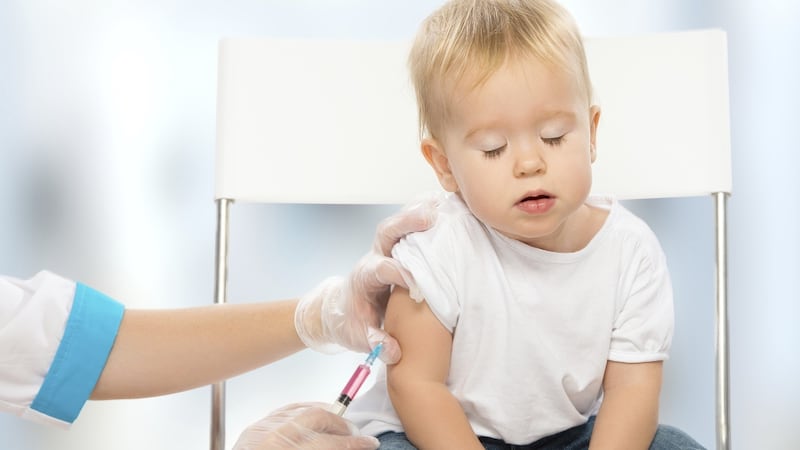The world of immunisation has a new buzz term: vaccine hesitancy. It refers to a growing trend whereby parents, in particular, either delay or decline to have their children vaccinated according to recommended schedules.
The subject of a current special issue of the journal Vaccine, vaccine hesitancy is a growing challenge. Globally, one in five children still do not receive routine life-saving immunisations, and an estimated 1.5 million children die each year of diseases that could be prevented by vaccines, according to the World Health Organisation (WHO). While the issue is a complex one, WHO says it is influenced by factors such as misinformation, complacency, convenience and confidence.
Vaccination programmes rely on the concept of herd immunity, which means achieving high vaccine uptake rates in the population in order to prevent infectious diseases. Interestingly, while safety concerns play an obvious role in vaccine hesitancy, many other factors drive the phenomenon.

Some communities sustain negative beliefs based on myths, for example that the vaccination of women leads to infertility. Mistrust in health professionals can be a driver of vaccine hesitancy, as can cost and geographical barriers.
Philosophical objectors
Vaccine hesitancy is not just an issue in high-income countries or poorly educated communities. In some cases, particular rural ethnic minorities and remote communities are affected; in other areas, wealthy urban residents express concerns regarding vaccine safety. And in some areas, concerns are related to religious or philosophical objectors.
The complexity is illustrated by the role of education, which acts as both a vaccine promoter and a barrier; indeed, as a number of studies have identified, a higher level of education does not necessarily predict vaccine acceptance.
As someone with a profound needle phobia, I'm not surprised Vaccine identifies fear of needles as a reason for vaccine hesitancy. Indeed, a newly published Canadian guideline aims to ensure that pain during vaccination is minimised.
The guideline, published in the Canadian Medical Association Journal, is targeted at all healthcare providers who administer vaccines.
Here are its key recommendations for children:
- Give sugar solutions before injection to breast- or formula-fed infants under two years of age.
Hold children up to three years during injections to provide comfort.
An upright position is recommended for children and adults over three years of age because it provides a sense of control. Restraining children is not recommended.
Apply topical pain analgesics before injection in children under the age of 12.
Parents of children aged 10 years and under should be present during vaccination to lower the child’s distress levels.
Inject the most painful vaccine last during visits for more than one vaccination.
“No single intervention in this guideline is expected to prevent all pain (ie, achieve a level of pain of “0”), write the authors.
“Individual interventions can be combined, as appropriate, to improve pain relief. For young and school-aged children, because of the high levels of distress with vaccine injections and higher potential for long-term harm (ie, development of needle fear and healthcare avoidance), a more comprehensive and consistent approach is recommended.”
Equally there is no “magic bullet” or single intervention strategy that works for all aspects of vaccine hesitancy. The problem needs to be diagnosed for each instance in order to develop a tailored strategy to improve vaccine acceptance.
The need for multilayered solutions is emphasised by the authors of an editorial in Vaccine when they write: "As the recent Ebola crisis tragically brought to light, engaging with communities and persuading individuals to change their habits and behaviours is a lynchpin of public health success. Addressing vaccine hesitancy is no different."









